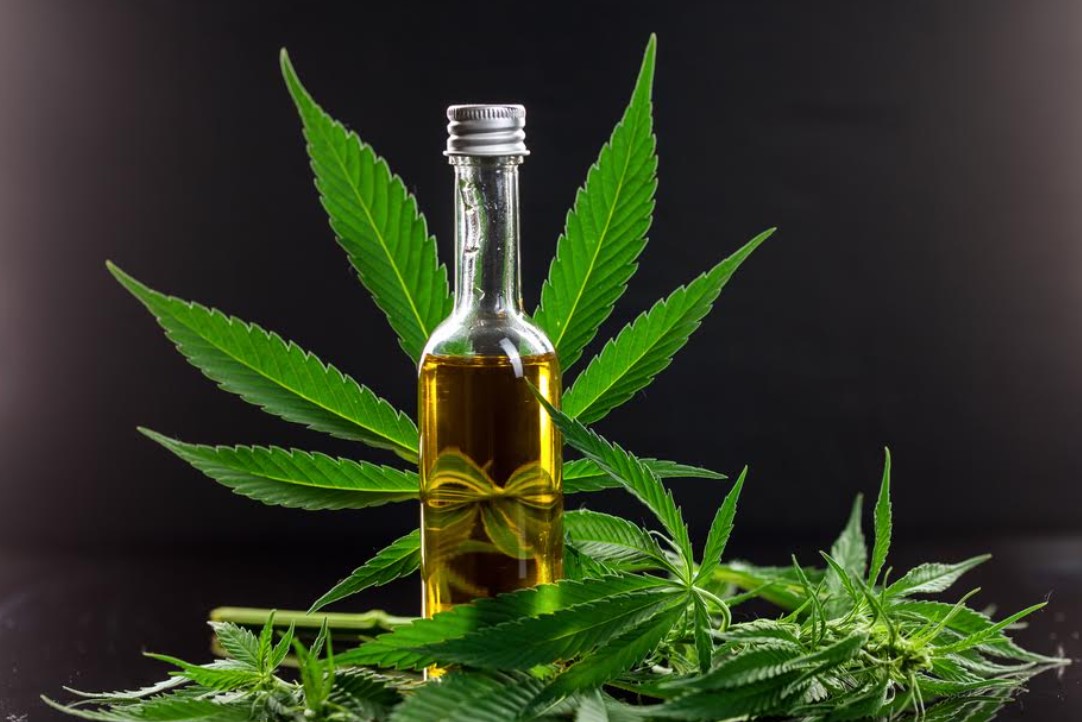In states that allow recreational marijuana use, smoking raw flower still rules the day. But more and more users are being turned on to marijuana distillates. In fact, distillates are becoming the hottest thing in recreational use. Why is that? It is all about THC concentration. Simply put, distillates are highly concentrated.
Distillates are created through a process that utilizes pressure, heat, and evaporation. They begin as THC extracts that come from harvested marijuana plants. As a side note, manufacturers can utilize the same processes to create CBD distillates. The purer the distillate is, the more concentrated its constituents.
Table of Contents
Marijuana Flower vs. Concentrate
The fact that marijuana distillates are concentrates should give you some idea as to why consumers appreciate them. As it turns out, a typical marijuana plant offers a THC content of about 15-25%. Some growers have claimed to reach THC content in the thirties, but this isn’t the norm.
A concentrate, by definition, has a lot more THC. It is not uncommon for distillate to be 99% pure. That is quite a difference. Imagine vaping a concentrate at 99% rather than smoking marijuana flower at 25%.
Bear in mind that smoking and vaping are the most popular methods of using marijuana for the simple fact that THC’s effects are almost instantaneous with both delivery methods. Knowing that, imagine what it must be like to vape a 99% pure concentrate as opposed to smoking a joint. If you have already done it, you don’t have to imagine.
On the downside, marijuana distillates are not for the faint of heart. They also aren’t intended for people new to marijuana. Using too much distillate during one session can easily put you in a bad position. It is generally advised that users work their way up to distillates or combine them with other things to reduce relative potency.
How Distillates Are Created
CedarStoneIndustry is a Houston company that manufactures, among other things, CBD extraction equipment. Their customers typically extract cannabinoids and terpenes from plant material using a solvent-based extraction process. The extracted material is then subjected to winterization and decarboxylation to further concentrate the extract and activate cannabinoids.
From there, the extract is distilled. Distillation utilizes a combination of pressure, heat, and evaporation to remove any remaining solvent and water. Processors typically combine plant material with a solvent that has a low boiling point. That way, distillation can be accomplished without subjecting the material to high heat.
The effectiveness of winterization and decarboxylation directly affects distillation. The more pure the extract prior to distilling, the more pure the concentrate becomes. Once distillation is complete, manufacturers can utilize chromatography to further separate cannabinoids and terpenes.
Distillates for Manufacturing
Distillation is the final step in turning marijuana plant material into a THC concentrate. From there, manufacturers have choices. A 99% pure concentrate can be sold as-is in states where recreational use is allowed. More often than not, concentrates are sold to manufacturers who combine it with other ingredients to make cannabis products.
Some concentrates are combined with other ingredients to create medical cannabis products. And in some states, like California for example, medical products can have a higher concentration of THC. Of course, all of this depends a lot on state laws.
Marijuana distillates are essentially THC concentrates that pack a whole lot of punch. That should tell you why they are so popular among recreational marijuana users. Why settle for marijuana flowers with only 25% THC when you can use a distillate coming in at 99%? That seems to be the thinking among users who swear by distillates.

